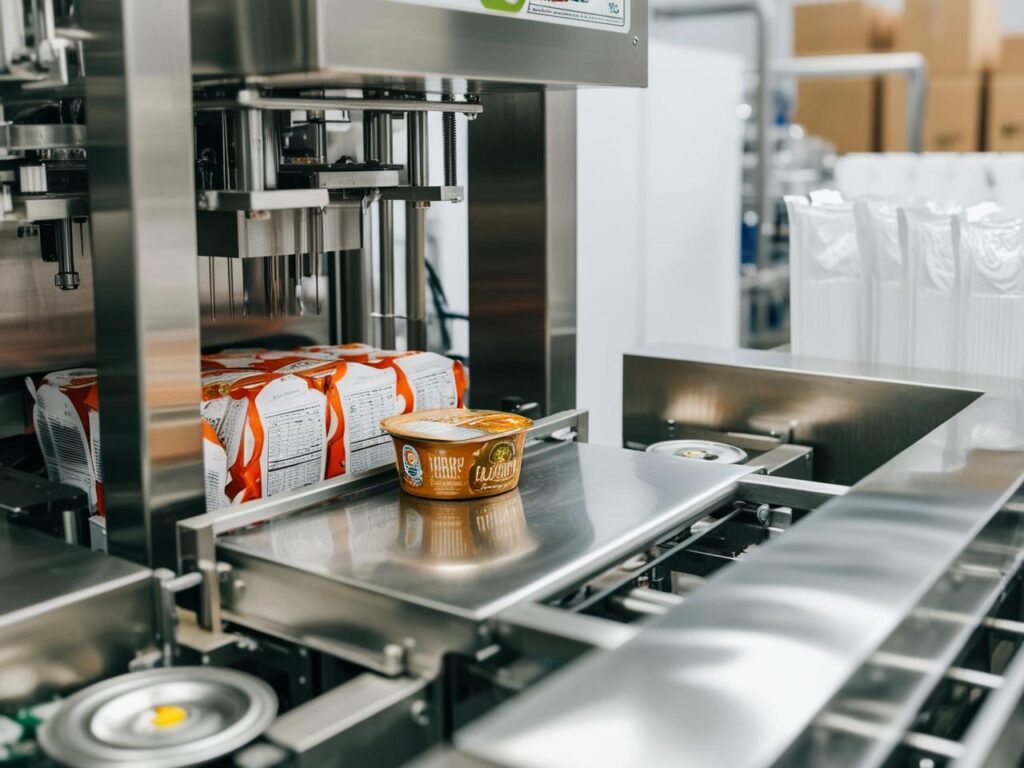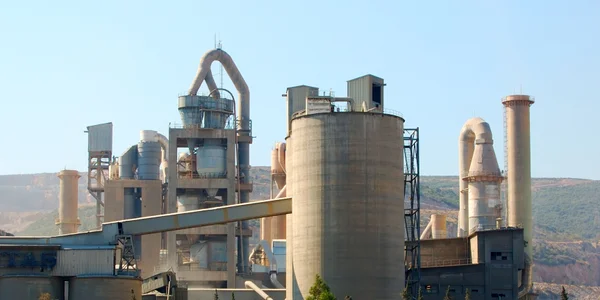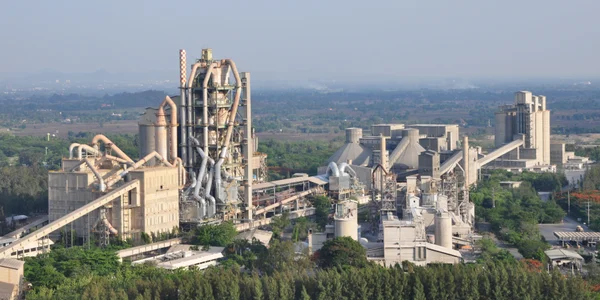Irodák
KÖZPONT

Németország
- Intensiv Filter Himenviro Technologies GmbH
Neustraße 45-49, 42553, Velbert, Deutschland/Németország - +49 20534200990
TERÜLETI HIVATAL

Nagy-Britannia
- Intensiv Filter Himenviro UK Limited
47, Bath Street WS13BX, Wallsall West Midlands, Nagy-Britannia - +44 1922 628893
TERÜLETI HIVATAL

Egyesült Arab Emírségek
- Intenzív szűrő Himenviro Technologies FZE – LLC
Üzleti központ, Sharjah Publishing City Free Zone, Sharjah, Egyesült Arab Emírségek - +971-556074697
TERÜLETI HIVATAL

India
- Intensiv-Filter Himenviro Private Limited
D-247/11, Sector-63, Noida - 201301, Uttar Pradesh, India - +91-120-4642-500
TERÜLETI HIVATAL

India
- Intensiv-Filter Himenviro Private Limited
D-247/11, Sector-63, Noida - 201301, Uttar Pradesh, India - +91-120-4642-500
TERÜLETI HIVATAL

India
- Intensiv-Filter Himenviro Private Limited
D-247/11, Sector-63, Noida - 201301, Uttar Pradesh, India - +91-120-4642-500
Élelmiszeripari levegő- és porszűrési megoldások
Az élelmiszer- és italgyártás egy összetett és szigorúan szabályozott ágazat, amely precíz folyamatokra és szigorú higiéniai előírásokra támaszkodik. Ezen előírások betartásának egyik kritikus szempontja a hatékony porszabályozás. Az olyan folyamatok, mint a gabonakezelés, keverés, eldolgozás és csomagolás, finom porrészecskéket termelnek, amelyek szennyezhetik a termékeket, egészségügyi kockázatot jelenthetnek a munkavállalók számára, és potenciális robbanásveszélyt okozhatnak.
Ezen kihívások leküzdésére fejlett megoldásokat kínálunk szűrési megoldások kifejezetten az élelmiszer- és italgyártó ipar számára tervezve. Rendszereinket úgy terveztük, hogy felfogják és eltávolítsák a porrészecskéket, biztosítva a termék tisztaságát, a munkavállalók biztonságát és a szabályozásoknak való megfelelést.
Porszűrési folyamat az élelmiszeriparban
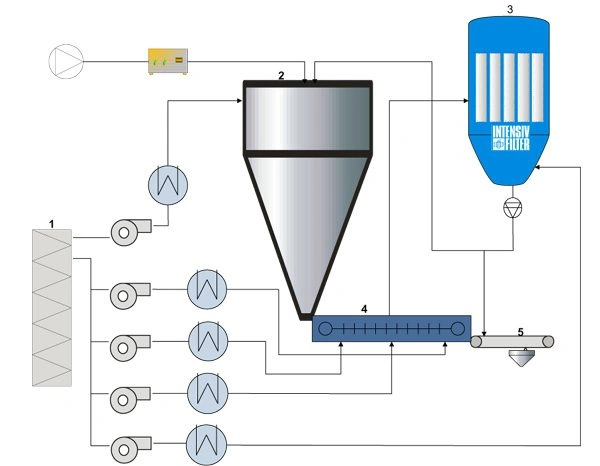
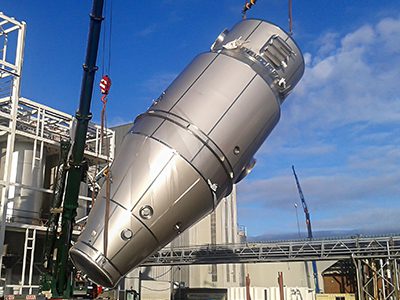
- 1. Külső szűrő
- 2. Permetező szárító
- 3. CIP szűrő
- 4. Külső fluidágy
- 5. Töltelék
A CIP szűrőhöz szükséges specifikáció
Tipikus tervezési adatok | CIP szűrő |
|---|---|
Gáz térfogata | < 230 000 m³/h |
Gáz hőmérséklet | 80-90 °C |
A por típusa | Szárított tejtermékek |
Maradék portartalom | < 10 g/m³ |
Nyers gáz por tartalom | 20 mg/m³ |
Tisztítás | Online |
Szűrőközeg | Poliészter |
Robbanásbiztos kivitel | Igen |
Szorbens |

Termékeink alkalmazása az élelmiszeriparban

Ömlesztett anyagok, például szemcsék, porok és pelyhek szállítása során keletkező por összegyűjtése.
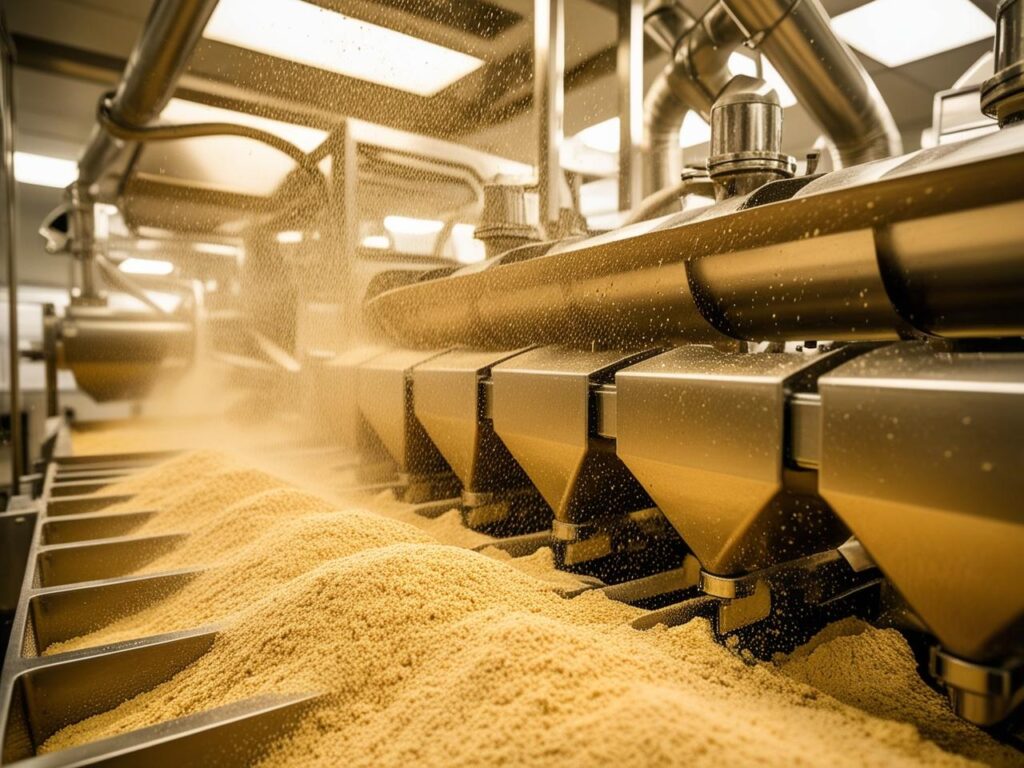
Szabályozza a nagy energiájú folyamatokból, például az őrlésből, darálásból és porításból származó porkibocsátást.
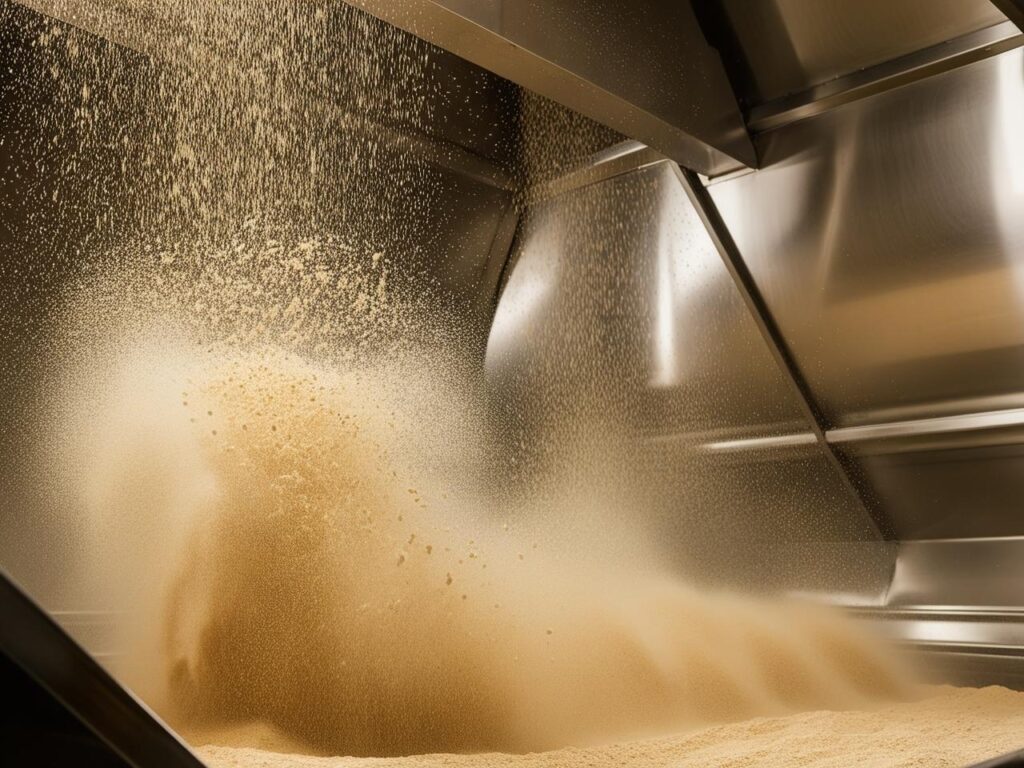
Szabályozási környezet a porszabályozáshoz |
|---|
Élelmiszer-biztonsági előírások |
Az FDA és az USDA szabványok betartása |
Munkavállalói egészség és biztonság |
Megfelelés az OSHA előírásainak |
Tűz- és robbanásvédelem |
Az NFPA szabványok bevezetése |
Környezetvédelem |
Termékminőség és következetesség |
Csökkentett állásidő és karbantartási költségek |
Porszabályozási kihívások |
|---|
Termékszennyeződés |
Munkavállalói egészségügyi kockázatok |
Tűz- és robbanásveszélyek |
Szabályozási megfelelőség |
Keresztszennyeződés |
Mikrobiális növekedés |
Szigorú élelmiszerbiztonsági előírások betartása |
Csökkentett termékminőség |
Berendezéskárosodás |
A hatékony porszabályozás fő szempontjai |
|---|
Hatékony porleválasztás alkalmazása |
Biztosítsa a megfelelő légáramlást és nyomást |
Szárított tejtermékek |
Használjon nagy hatékonyságú szűrőrendszereket |
Rendszeres karbantartás és ellenőrzés |
Tartsa be az iparági szabványokat |
Rendszeresen ellenőrizze a porelvezető rendszert |
Folyamatspecifikus szempontok |
Kockázatértékelés és -csökkentés |
Forduljon hozzánk szakértői konzultációért
Fedezze fel egyéb szolgáltatásainkat!
Gyakran Ismételt Kérdések
Az élelmiszer-feldolgozásban elterjedt szűrőrendszerek közé tartoznak a membránszűrők (például a mikrofiltráció, az ultrafiltráció, a nanofiltráció és a fordított ozmózis), a mélységi szűrők, az aktív szénszűrők és az ultraibolya (UV) fényrendszerek. Ezeket a technológiákat a fizikai, kémiai és biológiai szennyeződések eltávolítására alkalmazzák, biztosítva a termék tisztaságát és biztonságát.
A szűrőrendszerek biztosítják az élelmiszer-biztonsági előírások betartását azáltal, hogy hatékonyan eltávolítják a szennyeződéseket, beleértve a mikroorganizmusokat, a részecskéket és a vegyi maradványokat a nyersanyagokból és a termékekből. Ez a tisztítási folyamat segít a szabályozási követelményeknek való megfelelésben és a magas minőségi szabványok fenntartásában a végtermékekben.
A szűrőrendszerek a nemkívánatos részecskék, mikroorganizmusok és egyéb szennyeződések eltávolításával biztosítják a termékminőséget és -állandóságot az összetevőkből és a végtermékekből. Ez biztosítja, hogy minden egyes tétel megfeleljen a kívánt tisztasági és minőségi előírásoknak, ami az íz, a megjelenés és a biztonság egységességéhez vezet minden termék esetében.
